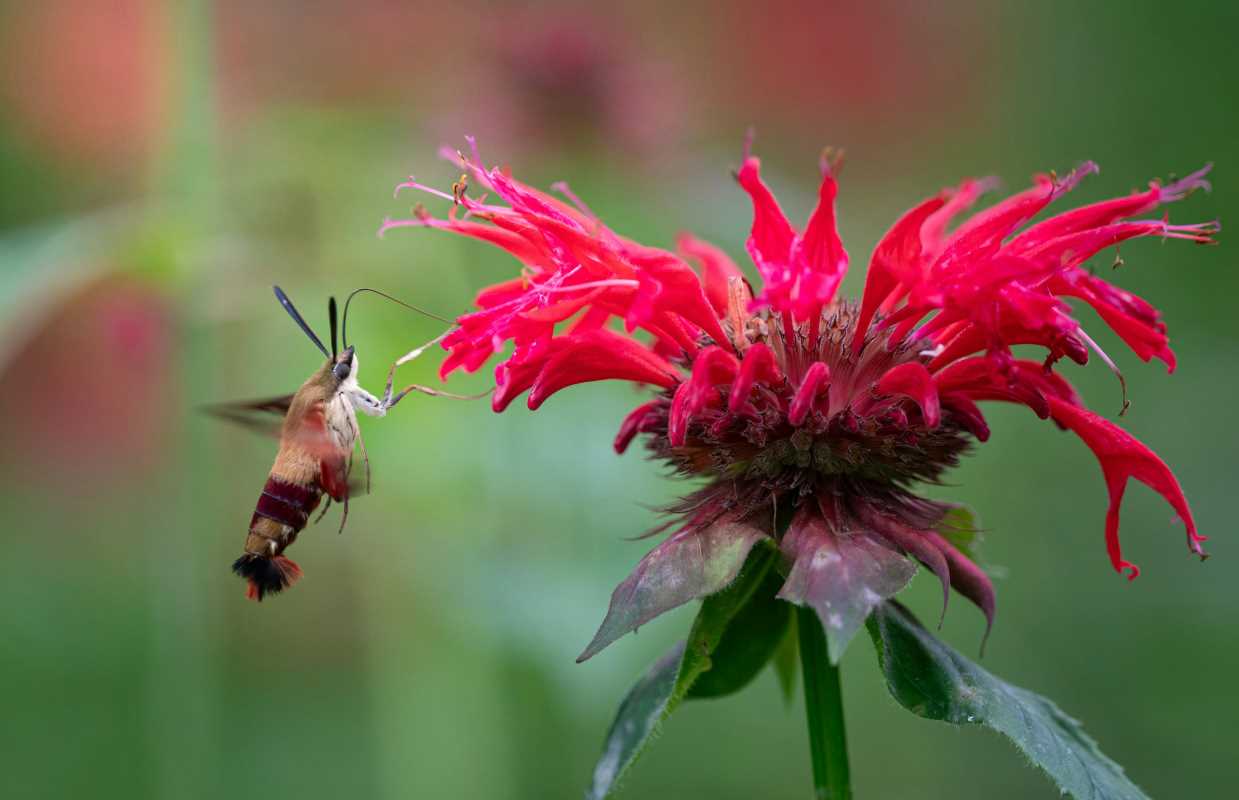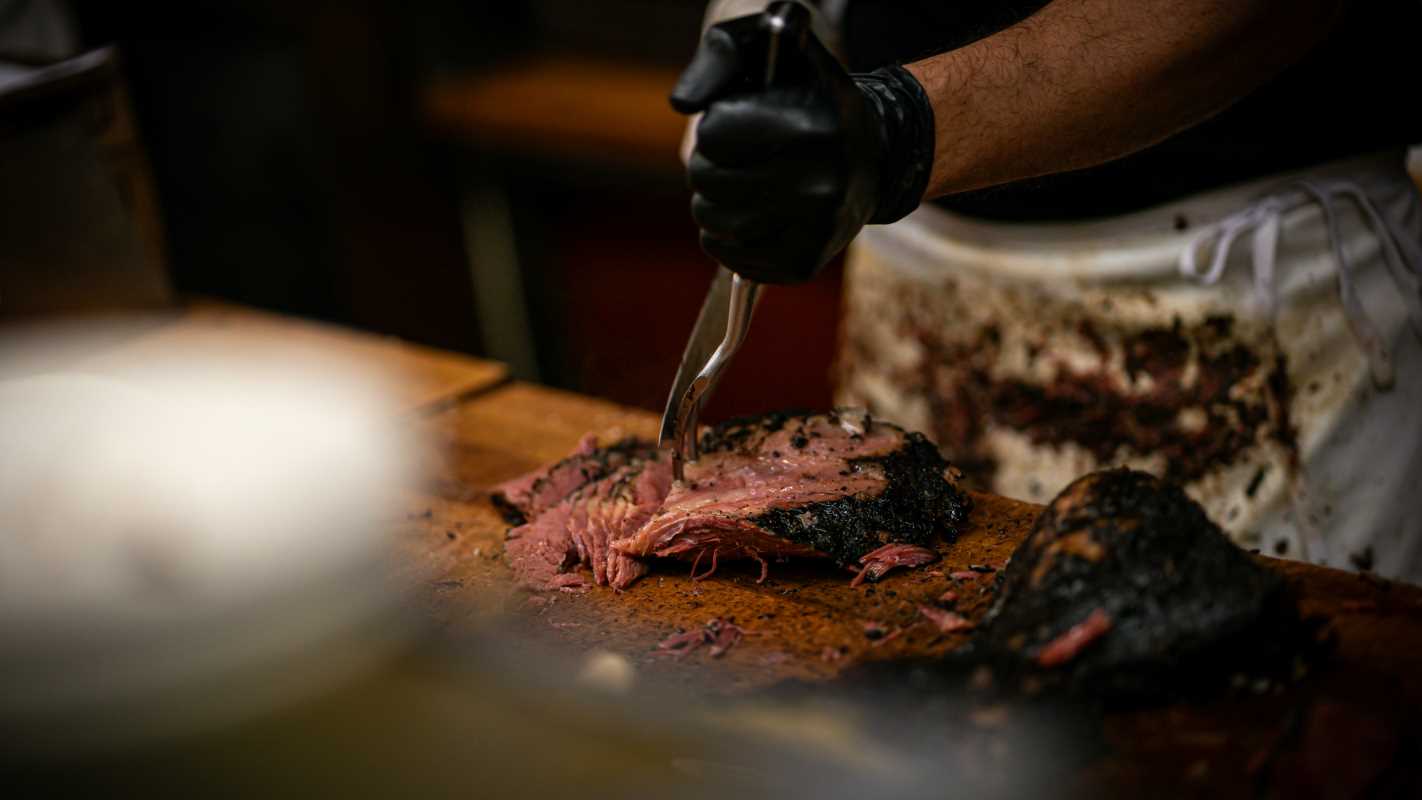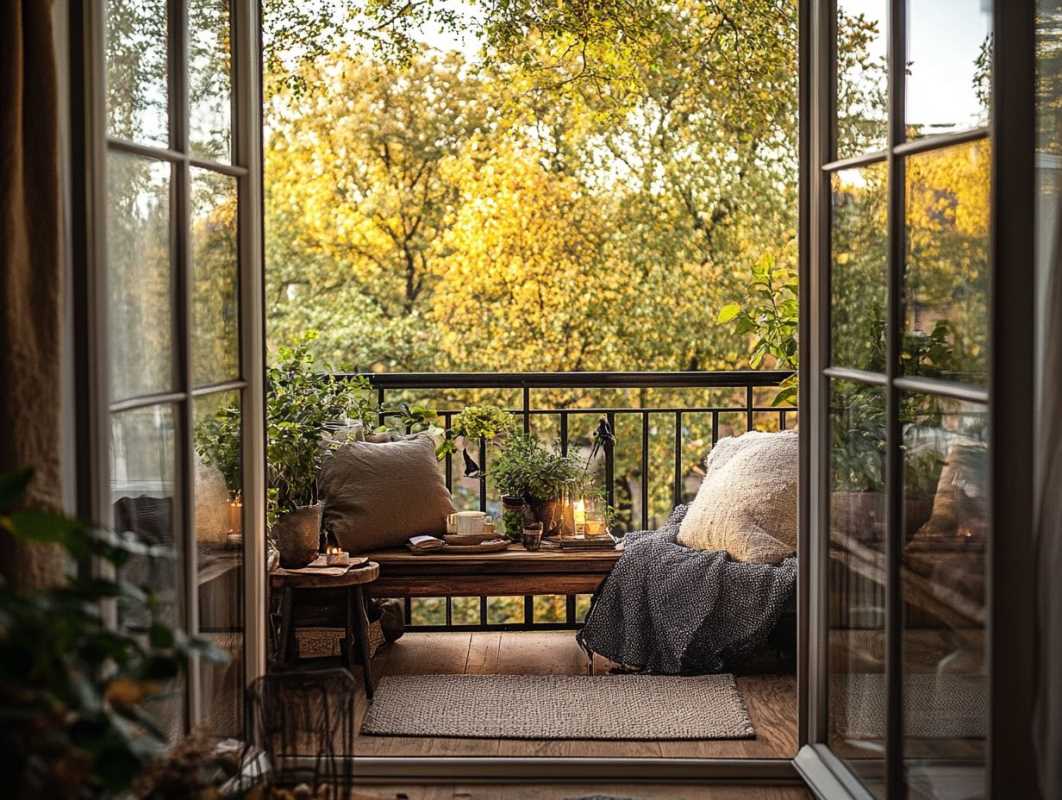Watching bumblebees, butterflies, and hummingbirds visit your garden brings a sense of wonder and joy to any outdoor space. When you choose plants that naturally grow in your region, you help these pollinators find the food and shelter they rely on, while making your own gardening tasks easier. Native plants often flourish with less care, so you can spend more time enjoying the lively sights and sounds around you. Before long, your garden will buzz with activity as these charming creatures make themselves at home among the blooms.
Start by scouting your yard’s light, soil, and moisture. Those simple details guide you toward plants that settle in quickly and bloom reliably. Native varieties tend to resist pests naturally, so you’ll spend less time chasing bugs and more time enjoying bright blossoms.
Understanding pollinators and native plants
Pollinators include bees, butterflies, moths, hummingbirds, and even some beetles. Each type visits blossoms differently. Bees dig into clover and sunflowers, while butterflies flutter among milkweed and coneflowers. Hummingbirds hover at tubular blossoms like Penstemon and trumpet vine.
Native plants grew alongside these creatures. Their flowers match local pollinators’ feeding habits. They bloom at the right times, ensure that bugs find nectar across the entire season, and support caterpillars. When you choose species that evolved nearby, you help the ecosystem thrive.
Selecting the Right Native Species
Choose a mix of shapes, heights, and bloom times. That variety ensures pollinators find food from early spring through fall. Combine perennials, shrubs, and herbs for layered interest and ongoing pollen sources.
Look for state or regional wildflower guides to pinpoint exact species for your area. If you live in the Northeast, asters and goldenrod shine later in the season. Folks in the Pacific Northwest might lean on red-flowering currant and Pacific bleeding heart for spring color.
- Echinacea purpurea (purple coneflower) for mid-season blooms
- Rudbeckia hirta (black-eyed Susan) for sturdy petals bees love
- Monarda didyma (Bee Balm) to attract both bees and hummingbirds
- Solidago canadensis (Canada goldenrod) to light up late season
- Salvia nemorosa (wood sage) for long-lasting spikes
Designing Your Garden Layout
Draw your garden plan first. Note sunny patches, shaded corners, and slopes. Identify spots that stay moist after rain and areas that dry out quickly. This map helps you avoid planting water-hungry species in sun-baked soil.
Group plants according to their water needs. Keep moisture-loving plants like Iris versicolor near a pond or drip line. Drought-tolerant choices such as Coreopsis thrive in raised beds or rock gardens where drainage is quick.
- Place taller shrubs or grasses at the back or center to form a pollen buffet backdrop.
- Position medium-height perennials next for layers of color that attract butterflies.
- Tuck low-growing groundcovers in front to fill bare soil and naturally block weeds.
- Install stepping stones or a small path so you can reach blooms for deadheading and monitoring without trampling fragile sprouts.
Planting and Seasonal Maintenance Tips
Once you mark spots on your garden plan, dig in during early spring or fall. Cooler days help roots settle before summer heat or winter cold arrive. Water deeply for the first few weeks so seedlings establish strong root systems.
Apply mulch with shredded bark or straw to reduce weeds. A two-inch layer keeps soil temperatures stable and locks in moisture. Pull weeds by hand when they’re young to avoid disturbing roots of your native plants.
Encouraging Pollinator Visits
Provide a variety of habitat features so insects and birds feel safe. A shallow dish filled with pebbles and water offers bees a refreshing drink. A small brush or dead branch pile allows butterflies to rest with wings folded.
Change the color spots each season. If you plant large areas of bright yellow one year, switch to pink or red in another area the next. Pollinators notice new patches of blossoms and revisit often.
- Water source with landing spots (pebbles or moss)
- Bundles of untreated sticks for solitary bee nesting
- Brush piles or ornamental grasses for butterfly shelter
- Log sections left to decay as fungal food for beetles
Adding Companion Practices
Pair vegetables or herbs with flowering natives. For example, tuck garlic between clusters of asters to deter pests without chemicals. Plant basil near purple coneflower; the strong scent masks your salad greens from hungry critters.
Move potted natives or swap in new seedlings each year. This practice interrupts pest cycles and spreads out bloom heights, keeping your garden lively and inviting.
Invite neighbors, friends, or local garden clubs for a planting day. Sharing seeds, cuttings, and experiences helps spread pollinator gardens across yards, streets, and parks.
Focusing on local plants, grouping them by needs, and providing water and shelter attracts bees, butterflies, and colorful blooms. Each season, you can enhance your garden and support pollinators better.
 (Image via
(Image via





